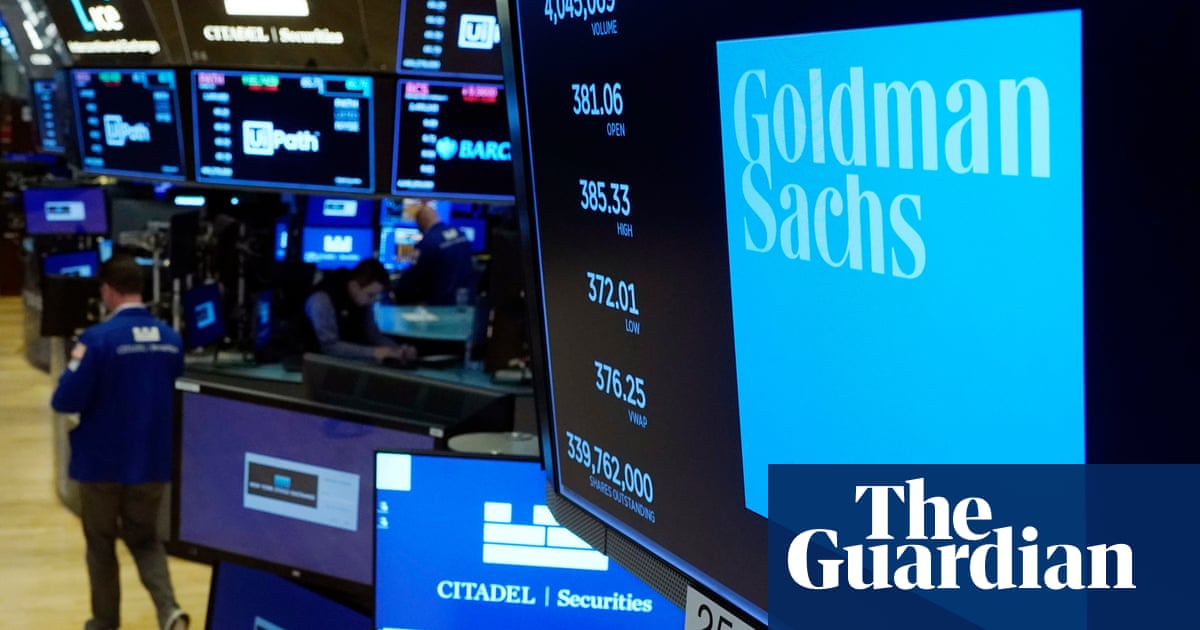
The gender pay gap among UK staff at Goldman Sachs has hit its highest level in six years, raising concerns about a lack of women among the bank’s most senior ranks.
Data submitted to the UK government showed that the average hourly pay gap widened at its main UK entity, Goldman Sachs International (GSI), with women receiving 54% less than their male colleagues in 2023.
That compares with a 53.2% pay gap in 2022, and marks the highest disparity since data was first gathered in 2017, when the average hourly pay gap stood at 55.6%.
Meanwhile, at Goldman’s UK-based asset management arm the average hourly pay gap rose to 54.1% in 2023, up from 51.3% a year earlier. The figures reflect the fact that more women are working in lower-paid jobs across those two entities, which together account for about 4,000 of the bank’s 45,000 global staff.
While Goldman has increased the number of women hired into junior roles, it has struggled to move as quickly in promoting and retaining women in the highest paid positions. The data shows that women now occupy 64.6% of the lowest paid jobs at GSI, and they hold less than a quarter – 24.3% – of the highest paid roles.
Goldman Sachs said in a statement on Thursday: “Importantly, this gender pay gap report does not account for pay in similar role or tenure, but we know that we need to do more to increase representation of women at the senior-most levels of the firm.”
The bank’s chair and chief executive, David Solomon, said in 2020 it wanted women to make up 40% of its vice-president roles globally by 2025. He said at the time that “attracting and developing a diverse workforce is essential to help our firm advance sustainable economic growth and financial opportunity. Progress on diversity will enhance our ability to execute our strategy and deliver for our clients.”
A source at the company said women accounted for about 32% of its hires at vice-president level last year, while a public report showed that it promoted 23 women to partner level in 2022, accounting for nearly a third of the year’s partner promotions.
Companies with more than 250 employees have been required to submit annual figures outlining their gender pay gap since 2017, as part of government rules aimed at address pay disparities and a lack of women in senior leadership roles in business.
However, there has been only a small reduction in the average gender pay gap across the financial services, which has the widest gap compared to other UK sectors, according to a report by the Treasury committee released last month as part of its Sexism in the City inquiry.
The parliamentary committee said that while pay gap reporting had increased transparency and prompted conversations, it had not “brought about the extent of change that was hoped for”.
MPs said the issue could be addressed by banning employers from asking for salary history and requiring them to list pay bands on job adverts. They also said companies with particularly high pay gaps should be required to put forward credible action plans.












